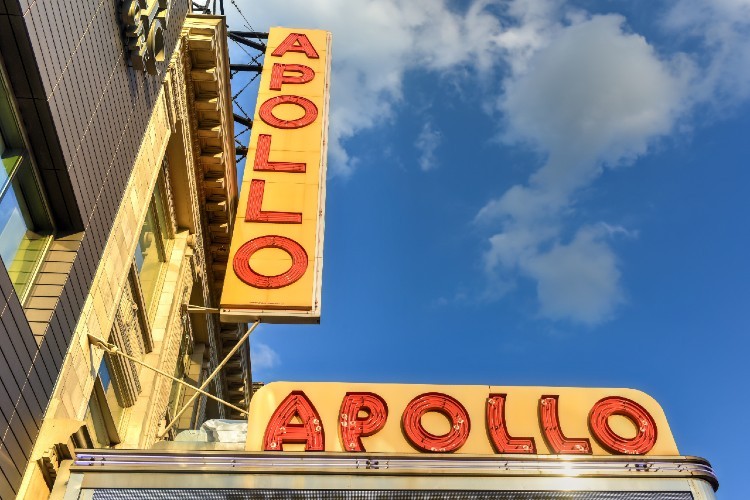February is dedicated to Black History and what better way to celebrate than by exploring some historic landmarks that are within walking distance of Columbia’s campus. There is something for everyone, from music lover to literary buff, so grab your favorite walking shoes and clean the camera lens on your phone because you’re definitely going to want to capture the moment as you experience the rich history of Upper Manhattan.
The Apollo Theater
Ella Fitzgerald, Duke Ellington, Jazmine Sullivan, and Lauryn Hill are just some of the greats that have performed at the iconic Apollo Theater on 125th Street. You don't even have to go to Hollywood to strut down a walk of fame since the Apollo has its very own outside the theater. It honors the legends that have graced the Apollo stage and contributed to its legacy. While you're there, check out the upcoming programs, and don’t forget to try out for Amateur Night, which is held every other Wednesday. It doesn't matter what your talent is, everyone is welcome!
Convent Avenue Baptist Church
One of several Neo-Gothic churches in Harlem, Convent Avenue Baptist Church on the corner of 145th Street in Hamilton Heights was founded in 1942. Since then it has hosted notable figures, including Reverend Martin Luther King Jr., and remains a neighborhood landmark that attracts tourists from around the world.

